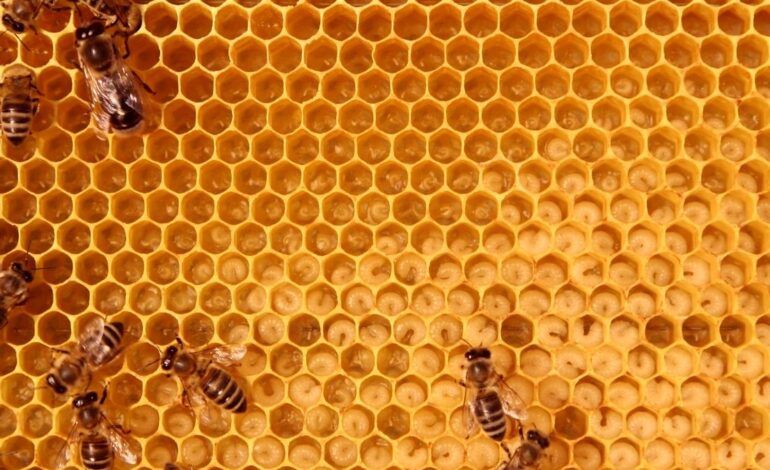
Harnessing Nature’s Genius: How AI Researchers Draw Inspiration from the Natural World
Artificial intelligence researchers are increasingly turning to nature to find inspiration for innovative solutions. By studying the complexity and efficiency of natural processes, scientists aim to enhance AI’s capabilities. This article delves into the ways nature is influencing AI research and how these insights are shaping the future of technology.
The Interconnection of Nature and AI
The natural world offers a rich source of inspiration for AI researchers. **Nature’s ability to solve problems** through evolution and adaptation provides a blueprint for AI development. Researchers are keen to apply these principles to create systems that learn and evolve in a similar manner.
Biomimicry in AI Design
Biomimicry involves emulating nature’s designs and processes. Many **AI systems draw from nature**, mimicking neural networks that resemble the human brain, and optimization algorithms inspired by natural selection. These approaches help develop AI models that are **efficient and resilient**.
Examples of Nature-Inspired AI Innovations
Numerous AI innovations are rooted in nature. Algorithms inspired by the **swarming behavior of birds** or the **ant colony optimization** method simulate natural behaviors to solve computational problems. These models demonstrate how natural insights can lead to **creative solutions** in AI.
Future Directions in Nature-Inspired AI
As AI research progresses, the reliance on natural systems for inspiration is likely to increase. The **integration of environmental sustainability** and **ethical considerations** into AI design signifies a promising future where technology not only draws from nature but also contributes positively to its preservation.
Conclusão
The field of AI continues to evolve by embracing nature’s principles, leading to more robust and creative solutions. As researchers deepen their understanding of natural systems, they unlock potential pathways for AI advancements, allowing technology to align more closely with efficient, sustainable, and adaptive processes observed in the natural world.





